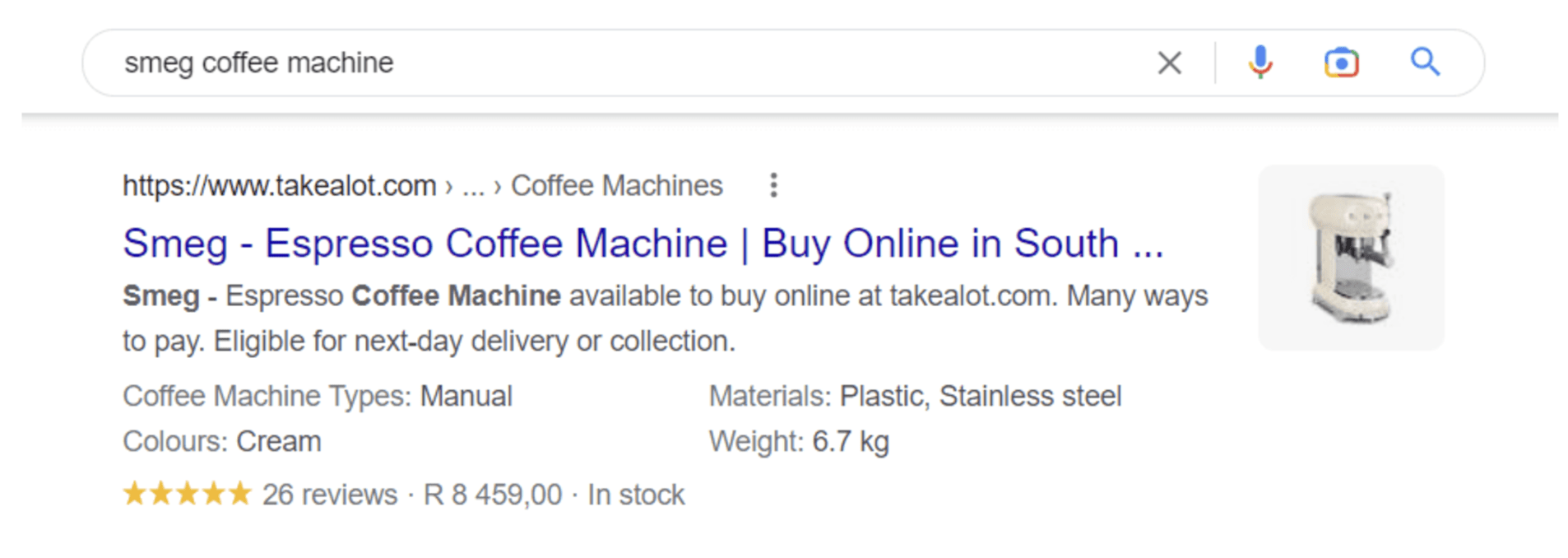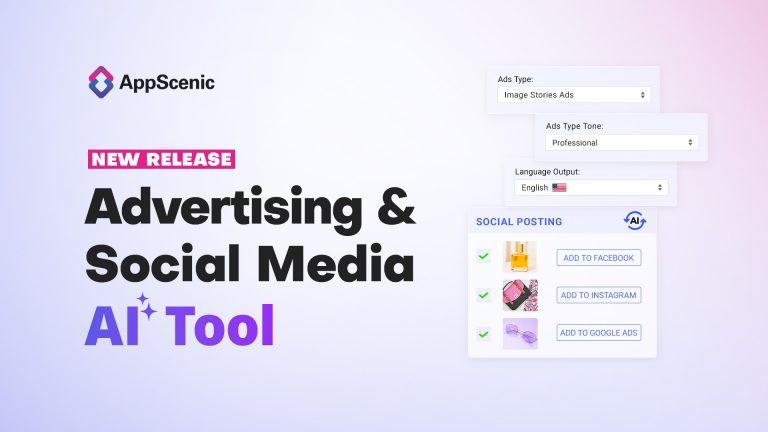Each owner of an online store wants to receive stable, high-quality traffic to the site, for which it isn’t necessary to pay. All of this can be achieved with search engine optimization (SEO). It is a set of tasks for the refinement and development of the site, considering the requirements of search engines.
Mastering SEO can be daunting, with its continuous algorithm updates. That’s why we put together this guide to help you understand common SEO mistakes ecommerce sites make and how to fix them.
Table of Contents
Why is SEO important for ecommerce websites?
People search for something in search engines, and the systems offer a list of pages with an answer to their query. Most users click on sites in the top 10 search results. Therefore, it is important for stores to get into that top 10 as often as possible for important queries asked by potential customers (“buy …”, “how much does it cost …”, “services …”, “how to …” and the like).
SEO for ecommerce stores is about getting your product pages to appear on the first page of search engine results. Of course, there are also pages after the first, but few people reach there. The further away from the first page a site is ranked, the less traffic it gets.
Here is why ranking as high as possible is important for ecommerce:
- Branding. With high competition in the ecommerce arena, it is not sufficient to just promote products. Advanced SEO strategies give you the opportunity to build a strong brand presence through continued higher rankings of your ecommerce store in search engines. When your customers frequently see your brand among the top search results, it builds trust and recognition, which is very different from any other competitor.
- Traffic and sales. SEO drives organic traffic, meaning clients may come to your site without having to spend an advertisement budget. The more optimized your site is, the more relevant queries you will start to show up for. More visibility means more opportunities to convert these visitors into paying customers, hence directly boosting sales.
- Customer engagement. Good SEO doesn’t stop at getting them onto your site. It actually keeps them interested. By optimizing the user experience, from fast page loading to relevant content marketing tactics, SEO encourages them to get involved with your site to explore the products and engage with your brand, finally establishing long-term customer relationships.
Category pages are a special part of your website that requires a complete SEO approach.
7 Ecommerce SEO mistakes to avoid
SEO is one of the most critical elements to master. But many businesses make common mistakes, after which they lose their rankings, traffic, and potentially sales. Below are 7 of the most crucial SEO mistakes you should avoid and how you can correct them.
Not considering SEO errors and their timely correction
SEO is quite a complicated system. A lot of juggling is involved, starting from the optimization of content and sifting through technical details such as link structure. If these are left unattended, it quickly becomes a spiral effect. Things like broken links, 404 pages, and indexability issues don’t sound so urgent when they occur singly. But when they occur in large numbers, your search rankings can plummet.

How to fix it. You could catch these problems much earlier with regular website audits. This is usually an unwieldy process, but fortunately, SE Ranking SEO Checker makes this job easy and fast by centralizing your SEO data. This tool enables you to follow every technical issue of SEO performance without letting anything fall through the cracks.
Using duplicate or low-quality product content
Product pages are where ecommerce SEO can either thrive or falter. Duplicate content, low-quality product descriptions, keyword stuffing, and lack of canonical tags are just some of the things that can hurt your rankings. However, not only do search engines get confused, but duplicated low-quality content also provides a bad user experience. Why would a customer want to stay if every product description on the site is a carbon copy of the next?

How to fix it. Unique product descriptions, titles, and meta tags are necessary. Canonical tags will help avoid duplication issues. Also, keywords should be used naturally, and one shouldn’t forget to add original content like reviews, customer feedback, and images to make each of their product pages unique.

AppScenic makes managing special, high-quality product content easier. For example, you can access a huge catalog of already verified products, complete with optimized product descriptions that avoid duplicate or low-quality content. Through AI-driven automation, AppScenic ensures product listings are up-to-date with very accurate details regarding price and availability across your site.
Moreover, integration with popular ecommerce platforms like Shopify and WooCommerce allows for seamless content management that reduces manual work and the chance of error. This, in turn, will give you outstanding product pages for users and search engines alike with the help of AppScenic, which increases ranking and improves user satisfaction.
Not optimizing for click-through rate
Many ecommerce businesses focus on rankings but forget about the click-through rate (CTR). Even with good rankings, low CTR means less traffic on your site. This automatically affects traffic and conversions. The problem usually boils down to poorly written meta descriptions or nonengaging title tags.

How to fix it. Craft meta descriptions and title tags with the intent needed. Not only should they have appropriate keywords but also a call to action. When possible, use very clear calls to action like “Shop Now” or “Learn More,” words that attract clicks.
Poor store structure
A messy store structure is bad for SEO and the user experience. Without a clear hierarchy, using undescriptive URLs, not having breadcrumbs, or filtering only makes it more difficult for users and search engines to get through the site. Poor structure results in higher bounce rates and less time spent on-site, which hurts rankings.
How to fix it. Structure your online store in a logical and neat manner, with clear categories, subcategories, and internal linking. Make use of breadcrumb navigation and keyword-rich URLs to make the connection among pages understandable for users and search engines alike. Make sure filtering options on your site narrow down enough so that users can easily find exactly what they are looking for.
Absence of customer reviews
Some ecommerce stores do not offer customers the ability to review products for fear of negative feedback. Hiding from reviews does more harm than good; search engines love fresh, user-generated content, and reviews give them that. They boost credibility and transparency, too, making it more likely for potential customers to trust your products.
How to fix it. Enable a review section on each product page and engage with the feedback—good and bad alike. Responding to negative reviews shows potential customers that you value their experiences. That builds trust, and trust increases the conversion rate. A bonus: you’ll have a steady stream of fresh content for the search engines to index.
Missing user experience
Many people don’t realize how much UX and SEO are intertwined. Factors like bounce rate, session duration, and page load speed affect your rankings. A clunky, slow site with bad navigation doesn’t just infuriate users but ultimately signals to search engines that your site isn’t worth ranking highly.
How to fix it. Invest in responsive design practices that ensure your site works well on all devices. Avoid intrusive pop-ups and optimize page speed by compressing images and using techniques like lazy loading. The smoother the experience, the better your chances of ranking higher.
Ignoring Schema markup
Schema markup is probably one of the strongest yet most overlooked SEO weapons. It will help search engines understand your site’s content much better, which, in turn, can improve how it actually appears in search results—most notably with regard to rich snippets, such as product prices or ratings.

How to fix it. You’ll need to add schema markup to product pages, reviews, and more. This will allow the search engines to provide rich snippets, which can enhance your CTR and your appearance in search engine results. Using resources such as Google’s Structured Data Markup Helper can get you started.
Summary
Knowing these common ecommerce SEO mistakes will save you a lot of pain in building a successful online store. Key actions to fix ecommerce SEO mistakes:
- Conduct regular website audits;
- Create unique product content;
- Optimize meta tags for CTR;
- Improve store structure;
- Encourage customer reviews;
- Focus on user experience;
- Implement schema markup;
- Leverage automation tools.
From broken links to leveraging schema markup, each of these elements plays a vital role in the way your site performs within the search engines and the way users interact with your store. Ensure you make these fixes a priority to improve your rankings, drive more traffic, and boost sales.















